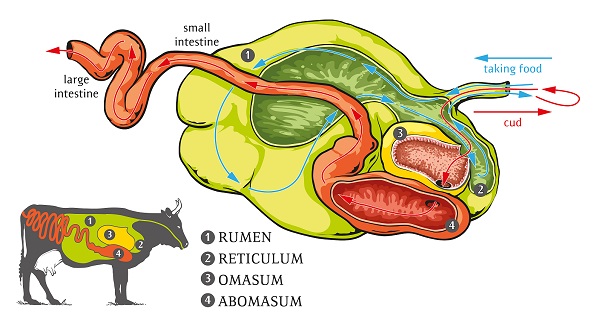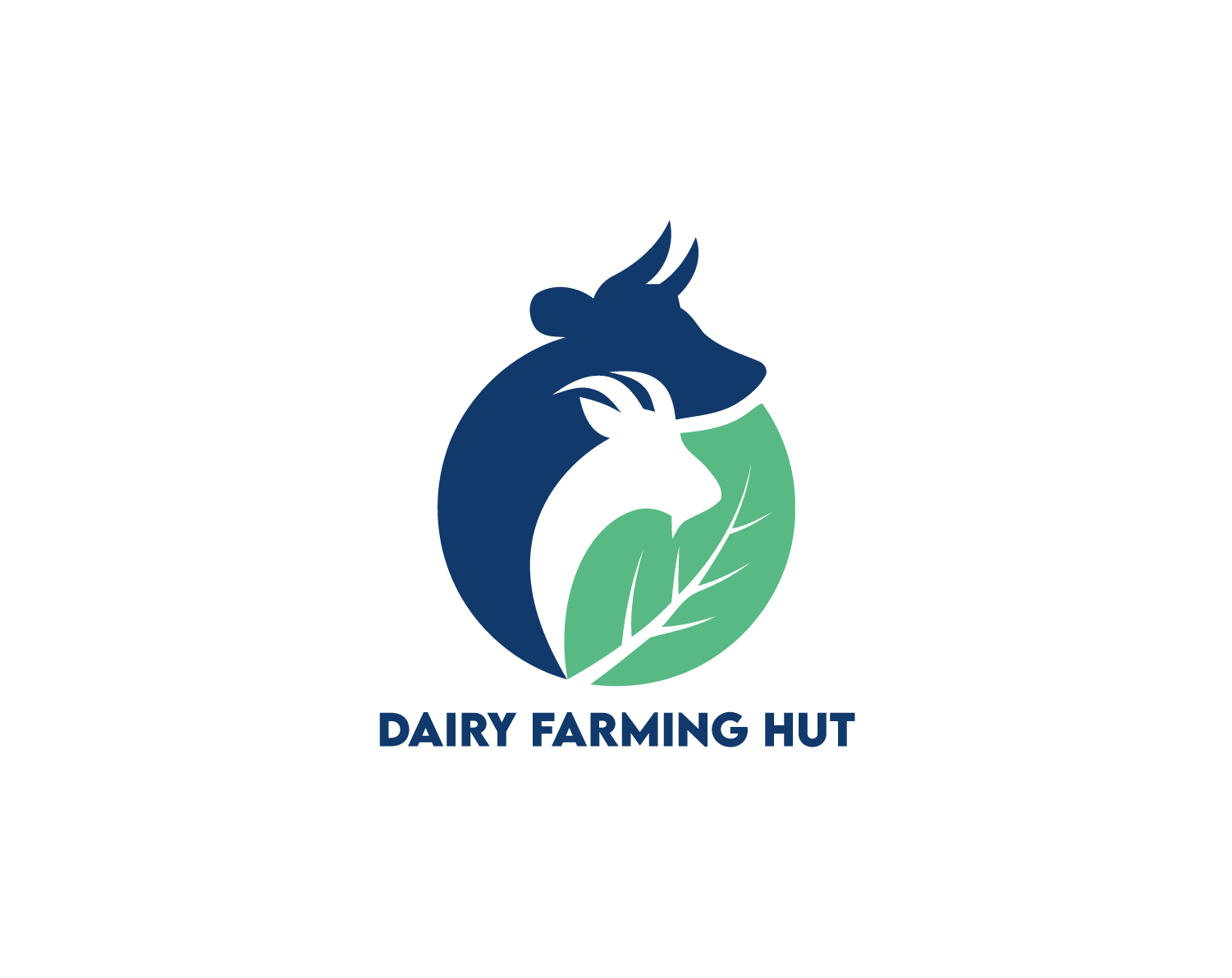Not everyone was lucky enough to grow up on a farm. But if you had such a privilege, you probably know that a cow spends about 6.5 hours eating her food. Imagine what you can do in that much time.
Have to say, the moo wonders do not stop there! Some scientists believe that cows once lived in the wild. As a survival technique against predators, they had to snatch as much grass in a hurry, swallow, then chew later.
But, let’s look at it this way - if a cow spends that much time eating and chewing its cud, it must have a special stomach(s) that allows storage and subsequent digestion. Since that’s more reasonable, we can now answer the question, “How many stomachs does a cow have?”
Here’s what you need to know!
How Many Stomachs Does a Cow Have?
This question remains debatable among many researchers and dairy farmers. While some feel that a cow has 4 stomachs, others believe that the noble animal actually has one stomach with 4 different compartments, namely;
The four compartments are sometimes called ‘stomachs’, thus the idea that a cow has 4 stomachs. Either way, it is doubtless that the cow undergoes special digestive processes to break down the coarse food it eats.

Illustration of cow digestive system
The Four Stomachs of a Cow
Human beings exhibit simple monogastric digestion while cows exhibit foregut fermenter digestion. In simpler terms, the digestive process of a cow takes longer than that of a human being. Notably, the digestive systems also differ by the stomach, gut, and digestive enzymes.
Narrowing it down, a cow has four stomachs for a purpose - to support its special digestive process. Each stomach plays a unique role in digesting the food. So, let’s dive right in.
1. Rumen
When you see a cow grazing, be sure that she is just swallowing the grass straight down without chewing it. The rumen is like the reception desk. It directly welcomes the ‘whole’ grass from the mouth.
Since it is the first compartment, it releases microbes that break down all the complex plant products swallowed by the cow. Once broken, the produce is regurgitated, chewed, and re-swallowed a few times. The food becomes finer and moves to the next compartment.
2. Reticulum
The reticulum is the second compartment in a cow’s stomach. Here, food mixes with saliva to produce cud. Surprisingly, cows burp up this cud back into their mouths for further chewing. The chewing occurs slowly to break the food further into finer particles. Here’s when you think the cow is chewing on bubble gum. Well... it’s not gum but her cud.
The reticulum also breaks down the rogue substances the animal picked up when hoovering up fresh grass. The compartment produces stomach acids to break these foreign objects and pushes the cud to the next chamber.
3. Omasum
The omasum is the third compartment of the cow’s stomach. It is a vital section with a unique structure that makes it look like a book’s pages. This section also has multiple layers to provide a larger surface area. Its globe-shaped structure contains tissue leaves, that also helps in the third designation step.
All these features ensure that the omasum effectively absorbs moisture from the feed material. Notably, the ingesta located between the omasum’s leaves appears to be drier than of other compartments.
4. Abomasum
Lastly is the part of the cow’s stomach that feels closest to the human tummy. It’s called the abomasum. This is where food is finally digested, just like it happens in the human stomach. The abomasum releases digestive enzymes that break down any food item that wasn’t digested earlier. It also digests starch and protein.
Now you know the four stomachs of a cow. How about we connect the dots and see how food (for instance, grass) travels from the mouth to the bloodstream?
What Is the True Stomach in Cattle?
The abomasum (the fourth compartments) is the “true stomach” of a cow. It acts just like the human stomach by producing digestive enzymes and hydrochloric acid, like pepsin that breaks down proteins in the human stomach. It has mucus-secretion cells that produce mucous to protect the intestinal walls from acid damage.
The abomasum also receives digestive enzymes from the pancreas, and all these secretions prepare for protein absorption. Notably, the pH of this stomach compartment ranges from 3.5 - 4.0. The chief cells in the abomasum secrete mucous to protect the abomasum wall from acid damage.
Digestion Process in the Tummy of a Cow
A cow grazes by wrapping her tongue around vegetative plants like grass. It tears and pulls the plants into her mouth for chewing.
The mouth is where digestion begins. Here, the cow chews the food item just enough to swallow it. The food still remains ‘unchewed’.
The unchewed produce travels to the rumen and reticulum for storage and later digestion. The cow continues to feed on the grass to her satisfaction, then she rests.
When the cow feels hungry, she coughs up portions of the unchewed food. Here, the food item is called cud. This time, the cow chews the cud completely into finer materials before swallowing it again - unlike the chewing mechanism in step 1.
The cud travels to the omasum and abomasum, where full digestion occurs.
Some of the digested food will go to the bloodstream while the rest to the udder. Digested food in the udder is converted into milk, while that in the bloodstream nourishes the cow.
Now you know!
How Many Times a Day Should You Feed Cattle?
Cows voluntarily consume food equivalent to 2% of their body weight - roughly 24 pounds per day. Strikingly, the 24 pounds is based on 100% dry matter. That means grass, hays, pasture, and silage could be 7 - 10% moisture.
You should feed your cow at least twice daily, or say thrice per day. Experts also advise that your cattle should always have food all day and night. It’s up to them to decide how often they want to feed on what you have provided.
Did You Know?
Camelids and ruminants have stomachs with multiple compartments. Ruminants include goats, sheep, deer, and buffalo and have four stomach compartments just like the cow. Camelids are animals like camels, llamas, and alpacas and have three stomach compartments. Also, dolphins have 2 stomach compartments - one that stores food and one for digestion.
Conclusion
Cows are herbivores and mainly feed on different plant materials like grass, forage, hay, and many other feedstuffs. Basically, plant materials are tough and course and take time to digest.
So now you understand just how each stomach compartment in a cow is handy in the digestion process. All four stomachs play a vital role in converting the food from its raw state to maximum nutrient value.
